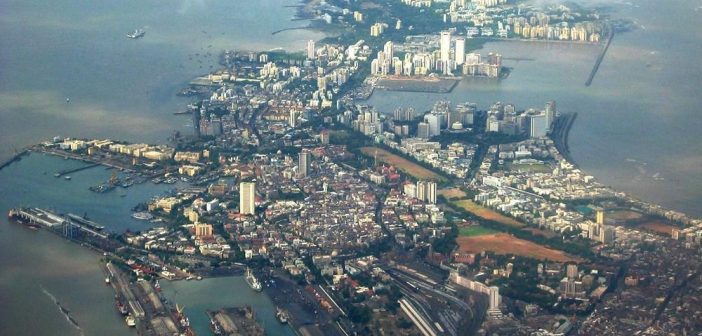India, a nation strategically positioned on the global trade map, is undergoing a maritime revolution. With a growing economy and booming international trade, the country is witnessing a surge in port development and cargo connectivity, propelling it towards an economic boom.
Building a Network of Gateways: New Ports on the Horizon
Recognizing the critical role of ports in facilitating trade and economic growth, the Indian government has embarked on a mission to modernize existing ports and develop new ones. The ambitious Sagarmala program, launched in 2016, aims to transform India’s maritime landscape. This initiative has identified 14 locations across the country for new port development, with an estimated investment of over Rs. 1,70,842 crore.
Several projects are already underway, including the construction of a new port at Honavar, Karnataka, and another at Chhara, Gujarat. The Kakinada SEZ port in Andhra Pradesh is also progressing steadily. These new ports, strategically located along the Indian coastline, will cater to the ever-increasing cargo traffic and provide efficient access to global markets.
Beyond Capacity: Enhanced Connectivity and Logistics
The focus isn’t solely on building new ports; the Indian government is also actively working to improve connectivity and logistics infrastructure. This includes developing dedicated freight corridors, multimodal transportation networks, and industrial clusters near ports. These efforts aim to create a seamless flow of goods, reducing transportation time and costs, and ultimately enhancing the competitiveness of Indian exports.
Furthermore, the government is investing in digital infrastructure to streamline port operations. Initiatives like the Port Community System (PCS) are facilitating paperless transactions, improving transparency, and expediting cargo clearance processes. These advancements are crucial for ensuring efficient port operations and attracting international trade.
Economic Impact: A Catalyst for Growth
The development of new ports and enhanced cargo connectivity is expected to have a significant impact on the Indian economy. Here are some key areas where this maritime boom will be felt:
- Trade Growth: Improved port infrastructure and connectivity will significantly boost India’s trade potential. Faster and more efficient cargo movement will attract foreign investment, leading to increased exports and imports. This will contribute to overall economic growth and create new job opportunities.
- Industrial Development: The presence of modern ports near industrial clusters will provide a significant advantage to Indian manufacturers. Reduced logistics costs and faster access to global markets will make Indian exports more competitive, leading to the expansion of existing industries and the establishment of new ones.
- Coastal Development: The development of new ports will act as a catalyst for the development of surrounding regions. This includes the creation of new job opportunities in logistics, warehousing, and related sectors. Additionally, improved infrastructure and connectivity will attract investments in tourism and other economic activities, leading to the overall growth of coastal areas.
A Maritime Future: India’s Strategic Advantage
India’s strategic location on the Indian Ocean, coupled with its growing maritime infrastructure, positions the country to become a major maritime hub in the region. By developing new ports, enhancing connectivity, and streamlining operations, India is poised to further integrate itself into global trade networks. This maritime boom will not only propel economic growth but also solidify India’s position as a key player in the global maritime landscape.
The journey ahead involves overcoming challenges such as environmental concerns, skill development, and ensuring the financial viability of new port projects. However, with a clear vision and focused efforts, India’s maritime revolution holds immense potential to transform the nation’s economic trajectory and secure its place as a leading maritime power in the 21st century.






